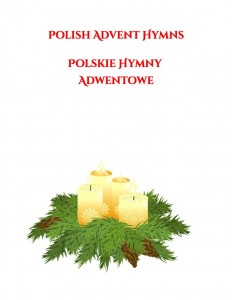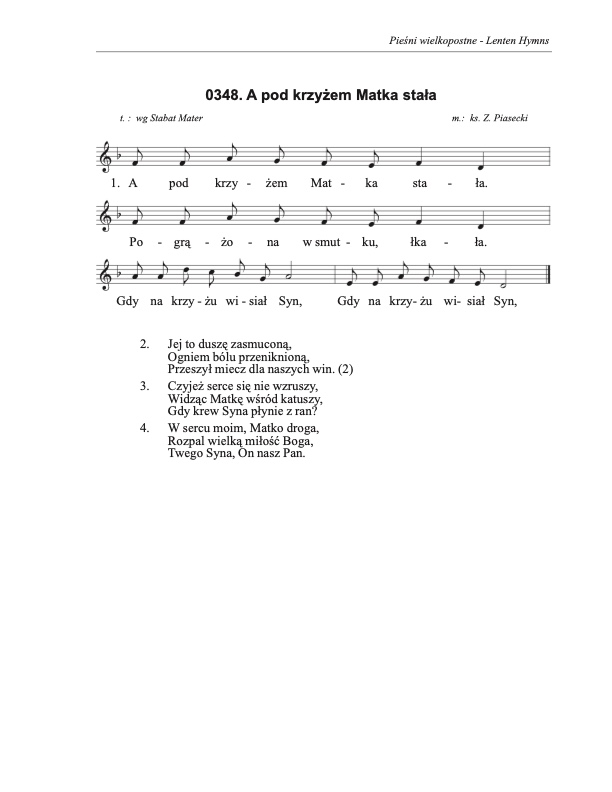In recent months I’ve become aware of a fantastic collection of kolady (Christmas carols) and hymns and service music for Mass on the website of the Polish American Liturgical Center at Orchard, Lake Michigan. Under Śpiewnik (hymnal) you will find a fabulous collection of Polish language hymns in PDF format to download!
As I am Polish-American on my father’s side (4th generation, from Buffalo, NY, Michalska) and currently working on becoming more fluent in my ancestral language – dad taught me some – I decided it was time to start adding some Polski hymny to my weekly Sunday offerings at St. Thomas & Grace!
The hymns have been well-received and I play my harp arrangements of them as preludes, postludes and for Communion. They are perfect for wire-strung harp, almost as if they were written for the instrument! I use the melodies as a framework and build harp fantasias on top of them, adjusting the length as needed.
I downloaded and collated the hymns into collections on my computer and assembled them into booklets, which I sent to the UPS store to have printed and spiral bound. The Christmas collection was the largest; I had to break the set up into three volumes as UPS’ limit is 150 pages per book. At the moment I’ve just completed the Lent and Easter collections and will soon be sending these out for printing.
Below is a Polish Lenten hymn in the key of F. As my new Argent Fox double strung harp is currently tuned to the key of Bb, this means I flip the Truitt levers on all of the E strings to the up position, taking the strings from E flat to E natural. The strings that are tuned to Bb don’t need to have their levers adjusted.
This hymn gives only the melody – no harmonization – and repeating notes, which is perfect for what I want to do on my double strung harp. Play the first F on the right side, the second F on the left side. The strings will not be precisely in tune and this will result in a shimmering, celeste effect.
The rest of the melody allows for Baroque ornamentations – turns, mordents – usually I play this on the left side of the harp while continuing to play the melody “straight” on the right set of strings.
Also breaking the eighth notes down into sixteenth notes is very effective. The opening F can be played twice: an octave apart on the right side in rapid succession, followed by the same F repeated on the other side an octave apart as sixteenth notes.The double-strung harp is very flexible!
Another thing you can do is to look at the last line and notice that the melody is scalar… this offers the opportunity to once again insert sixteenth notes between each of the ones on the printed page. They can be a second, third, fourth, five or an octave above or below, as long as rhythmic consistency is maintained and no clashing harmonies occur. On a wire harp, good damping technique is essential here! If you can damp rapidly on notes that may clash but let the “good” notes keep ringing on, the result is a beautiful singing, ringing natural sound. The trick is to not let the damping itself be obvious… abrupt stopping of sound anywhere does not work well with these hymns! But this is a skill that develops itself over time.
There are numerous opportunities for improvisation on a wire-strung harp with melodies like this. A solid background in music theory is very helpful. It will give you insights and creative ideas how to take a melody apart and put it back together again in imaginative ways and in real time, before your church congregation!


